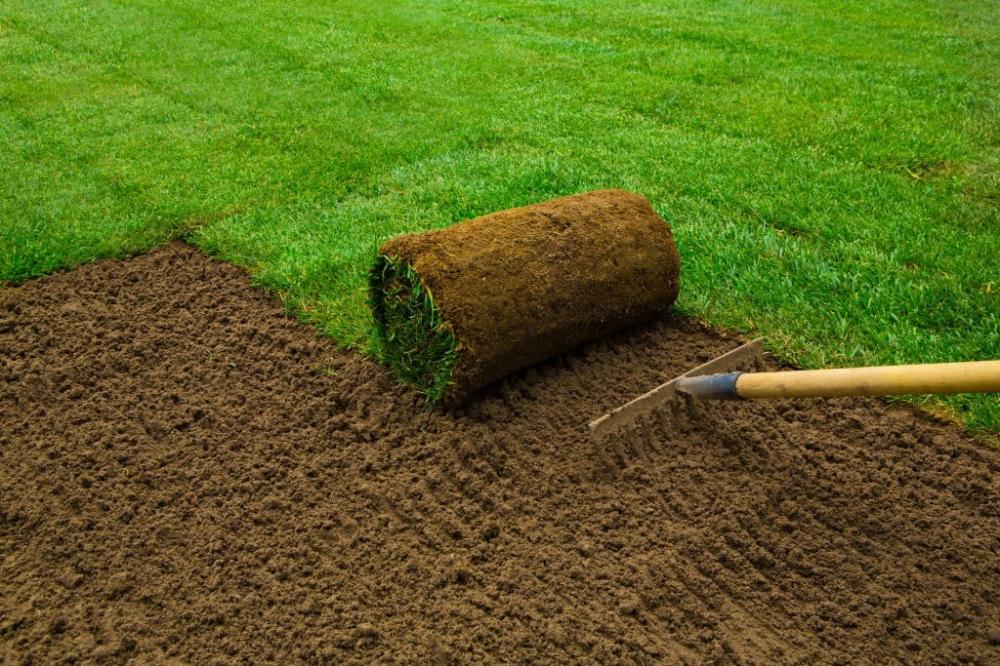| |
| |
|
NATURAL GRASS
Varieties for Your Garden...
A beautiful and well-maintained lawn can enhance the aesthetic appeal of our garden. The lawn serves as a space for play, sports, activities, events, and relaxation. That’s why its health is so important to us.
Before installation, certain preparations need to be made in the area, such as deeply tilling the soil to eliminate old growth or weeds, enriching the soil with various soil amendments, and leveling the ground with a rake, providing a slight slope for proper drainage to prevent water from pooling. Any stones or roots should also be removed. We then proceed with the installation, either by sowing seeds or by laying down pre-cut strips of grass, ensuring the soil has been lightly compacted with a roller beforehand.
There are two categories of grass:
- Cool-season grasses
- Warm-season grasses
|
| |
- COOL - SEASON GRASSES
- Thrive in climates with low temperature levels
- Their optimal growth temperature is between 16°C and 24°C
- Remain green year-round
|
| |
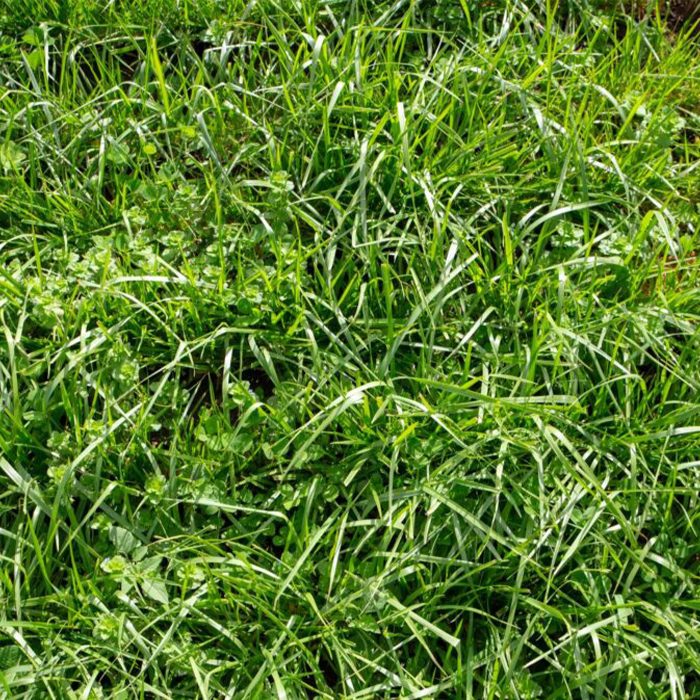
FESTUCA (Festuca arundinacea)
- Exhibits a beautiful dark green color year-round.
- Moderate shade tolerance.
- Features a deep root system, capable of withstanding high temperatures as well as low temperatures (-10°C) in winter.
- Adapts to a wide variety of microclimatic and soil conditions, creating a dense lawn with strong tillering and a rich root system, deeper than any other cool-season species.
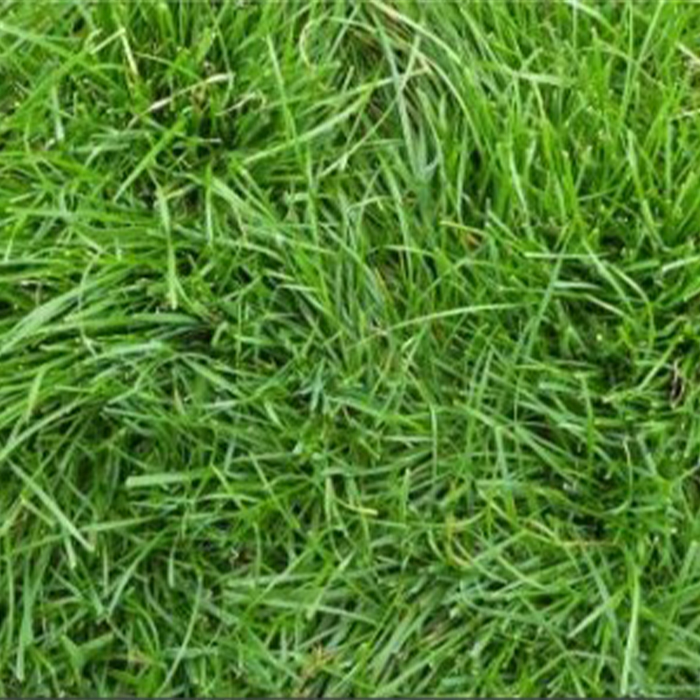
LOLUIUM (Lolium perenne)
Its main characteristic is rapid growth.
- Sensitive to extreme temperatures and drought; however, genetically improved newer varieties show significantly greater resilience.
- Often used as a component in various grass mixtures to impart rapid germination properties.
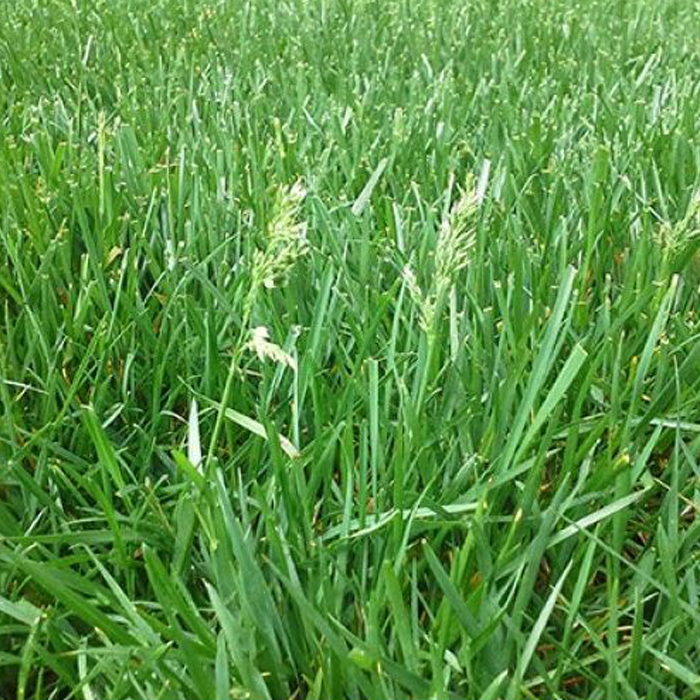
POA (Poa pratensis)
- Develops a strong and deep root system, with a rich number of underground rhizomes, facilitating quick recovery of the lawn after damage.
- Primarily used as a component in high-quality and durable grass mixtures; essential for football field blends.
- Requires intensive maintenance, including rich nitrogen fertilization, particularly in spring and early autumn.
- Highly resistant to diseases, especially rust.
|
| |
- THERMOPHILIC SPECIES
- They thrive in warm climates and grow best in xerothermic conditions.
- They exhibit vigorous growth from mid-spring to mid-autumn, while in winter, at low temperatures, they go dormant and turn yellow.
- They require less watering, providing significant water savings.
- In winter, at low temperatures, they turn yellow but recover in spring.
- They have high resistance to foot traffic and stress.
- They are resilient against pests and diseases.
- They have a creeping growth habit, with surface stolons and rhizomes, and generally have a coarser appearance compared to cool-season varieties.
- They grow better in sunny rather than shady areas.
- They can be mowed very low.
- They are ideal for coastal areas and tolerant of irrigation with high-salinity water.
The most well-known warm-season turfgrass species are:
|
| |
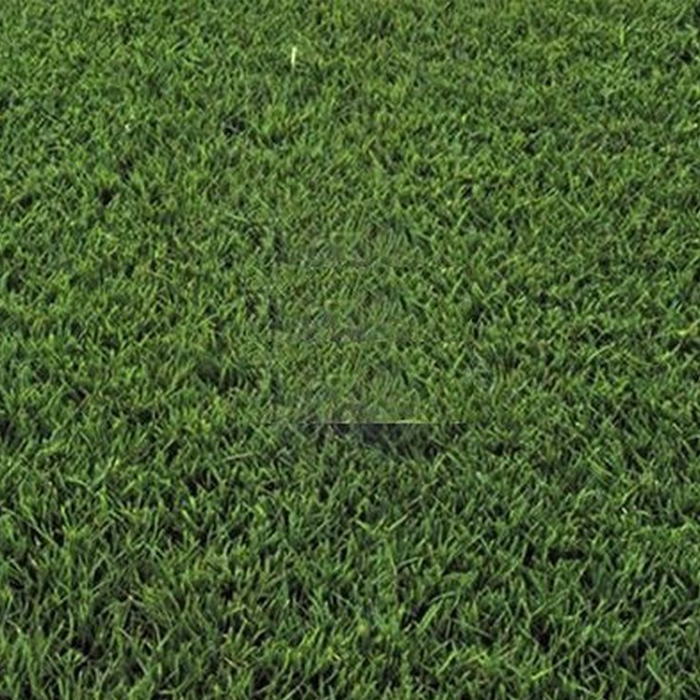
Bermuda Grass (Cynodon dactylon)
- It is a highly resilient species against drought and wear.
- It spreads through stolons and rhizomes, covering empty spaces.
- It does not thrive in the shade.
- It is sown from mid-April onwards.
- Sowing is done almost superficially for easier germination.
- It faces difficulty establishing and growing in acidic soils, shady areas, and poorly drained locations
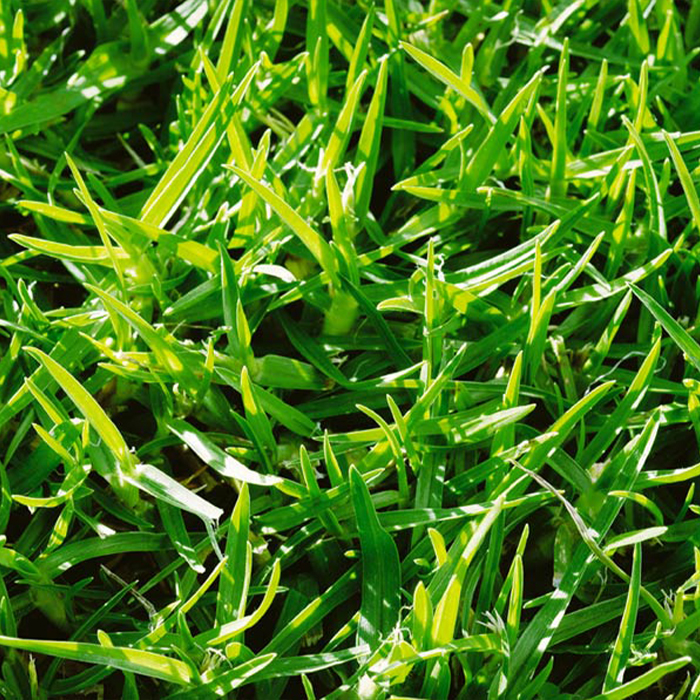
Kikuyu Grass (Pennisetum clandestinum - Kikuyu)
It is highly resistant to harsh and adverse conditions.
- It grows through stolons and rhizomes.
- For a better appearance, it should be thinned in winter.
- It thrives in humid climates with mild winters and hot summers.
- It spreads rapidly with the help of thick stolons and rhizomes, creating a very dense turf..
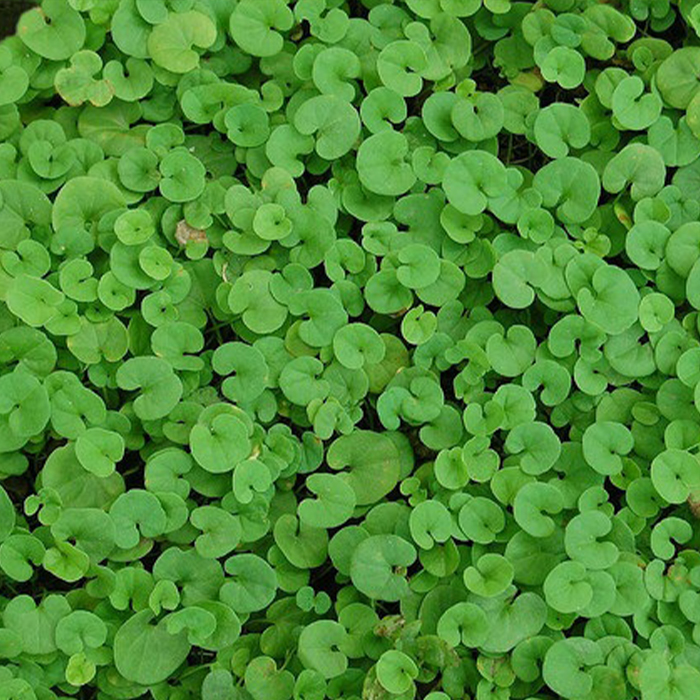
Dichondra (Dichondra Repens)
- A broadleaf species that spreads through stolons and is shade-tolerant.
- It does not thrive in compacted or heavy soils.
- It creates a dense green ground cover, mainly for decorative purposes, as it cannot withstand heavy wear.
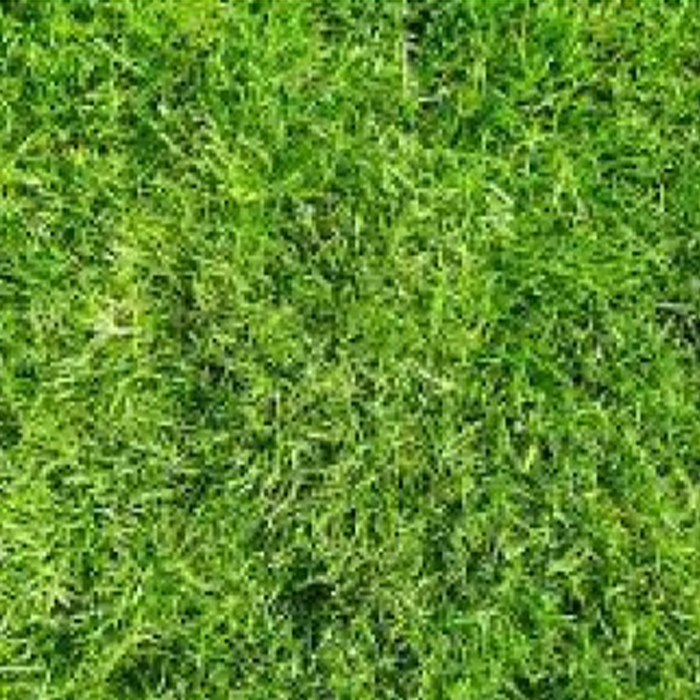
Paspalum (Paspalum Notatum)
- A drought- and wear-resistant species.
- It perfectly meets the specifications for sports fields.
- It spreads through stolons and rhizomes, covering empty spaces.
- It is tolerant of soil salinity and can be irrigated with brackish water.
- It is sown from mid-April onwards.
- It enters a short winter dormancy.
|
| |
|
Ask us about the right type...
|
| |
| |
|
|
